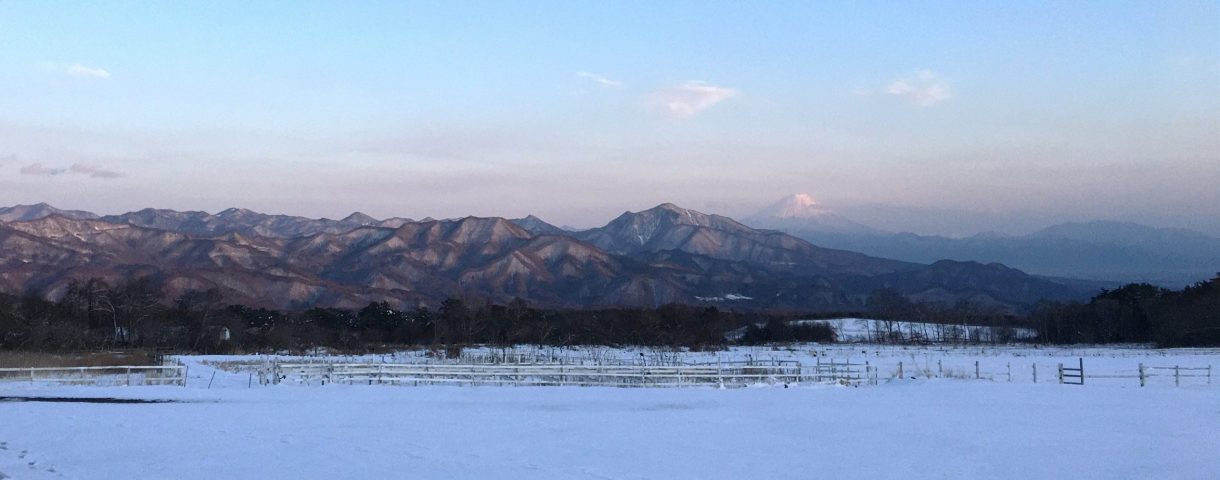Koshu, thought to be derived from a cross-breeding of Vitis vinifera L. and V. davidii Foex, is the most popular indigenous cultivar for wine production in Japan (2, 3). Koshu seems to be 70% V. vinifera and the remaining 30% is derived from the Chinese wild species of V. davidii or a closely related species (2, 3). The Koshu wine tested had high contents of 4-vinylphenol, likely to be responsible for the chemical smell, 2-Methoxy-4-vinylphenol, likely to be the source for the smoky aroma, β-damascenone, whose aroma is similar to that of apple compote, and 3-Mercaptohexan-1-ol (3MH), whose aroma is similar to those of grapefruit and passion fruit (6). Furthermore, the environmental stresses enhanced the biosynthesis of two flavor precursors of 3MH, [S-(3-hexan-1-ol)-glutathione and S-(3-hexan-1-ol)-L-cysteine], in grapevine (6). In the case of the amino acid composition, Koshu wine specifically contained glutamine compared to Chardonnay wine and higher concentration of proline than Chardonnay wine (9). These findings may be useful for the selection of suitable cultivation conditions and the improvement of the quality of Koshu grapes and wine (1, 4, 5, 6, 7, 8, 10, 11).
- The potential aroma and flavor compounds in Vitis sp. cv. Koshu and V. vinifera L. cv. Chardonnay under different environmental conditions, S. M. Bahena-Garrido et. al., J. Science Food & Agriculture, Vol. 99 (4), pp. 1926-1937 (2019). https://onlinelibrary.wiley.com/doi/abs/10.1002/jsfa.9389
- Genetic Analysis of East Asian Grape Cultivars Suggests Hybridization with Wild Vitis, N. Goto-Yamamoto et. al., PLoS ONE, 10(10) 1371 (2015). https://journals.plos.org/plosone/article?id=10.1371/journal.pone.0140841; https://journals.plos.org/plosone/article/file?id=10.1371/journal.pone.0140841&type=printable
- Searching for the origin of Koshu grapes (in Japanese), Report of National Research Institute of Brewing, N. Goto, (2015). https://www.nrib.go.jp/sake/nrib/pdf/NRIBNo27.pdf
- Terminology of wine aroma evaluation, N. Goto, J. Japan Assc. Odor Environment, Vol. 44 (6), pp. 390-396 (2013). https://www.jstage.jst.go.jp/article/jao/44/6/44_390/_article/-char/en; https://www.jstage.jst.go.jp/article/jao/44/6/44_390/_pdf/-char/en
- Quality Characteristic of ‘Koshu’ Grape Cultivated under Espalier Training System and ‘Koshu’ Wine, A. Misawa et al., J. ASEV Japan, Vol. 24 (3), pp. 145-152 (2013). https://asevjpn.jp/web/wp-content/uploads/2022/06/vol24_-no3_02.pdf
- New Aroma of Koshu Wine, H. Kobayashi, J. ASEV Japan, Vol. 24 (1), pp. 17-23 (2013). https://asevjpn.jp/web/wp-content/uploads/2022/06/vol24_-no1_04.pdf
- How to maximize the aroma of Koshu wine? (in Japanese), H. Kobayashi, J. Seibutsukogaku, Vol. 89 (12), pp. 728-731 (2011). https://www.sbj.or.jp/wp-content/uploads/file/sbj/8912/8912_tokushu_4.pdf
- Studies on the technology of viticulture and winemaking for higher qualitative Koshu wine (in Japanese), M. Komatsu et.al., Report of the Yamanashi Prefectural Industrial Technology Center, No. 23 (2009). https://www.pref.yamanashi.jp/documents/42318/report_h20_08.pdf
- Characteristics of Amino Acid Compositions of Koshu and Chardonnay Wines, T. Miki and T. Shinohara, J. Brew. Soc. Japan, Vol. 103 (12), pp. 954-958 (2008). https://agriknowledge.affrc.go.jp/RN/2010770027.pdf
- Using Wine Yeast Mutants with Reduced Amino Acid Uptake for the Production of Koshu Wine Containing Higher Amino Acid Levels, M. Kishimoto and M. Sodeyama, J. Brew. Soc. Japan, Vol. 98 (3), pp. 210-216 (2003). https://www.jstage.jst.go.jp/article/jbrewsocjapan1988/98/3/98_3_210/_pdf
- Modification of a Standardized System of Wine Aroma Terminology, A. C. Noble et.al., Am. J. Enol. Vitic., Vol. 38 (2), pp. 143-146 (1987). https://www.ajevonline.org/content/38/2/143; https://www.worldwidechocolate.com/wp-content/uploads/2020/03/wine-aroma-wheel.pdf
